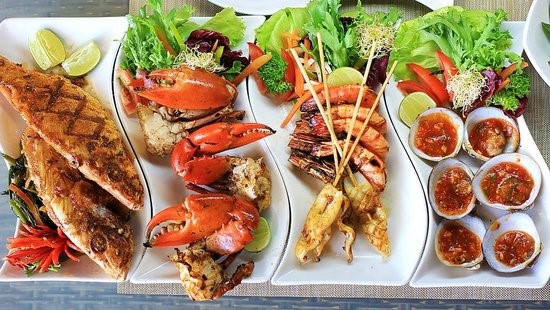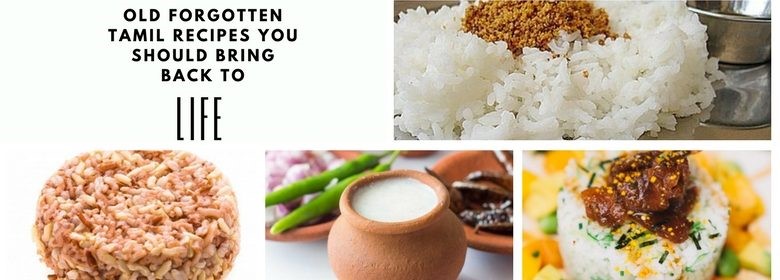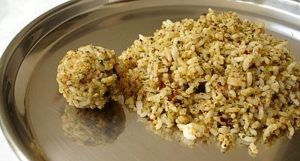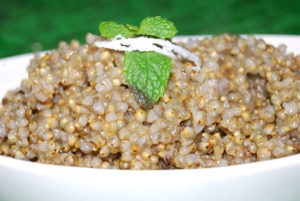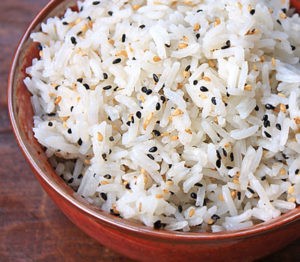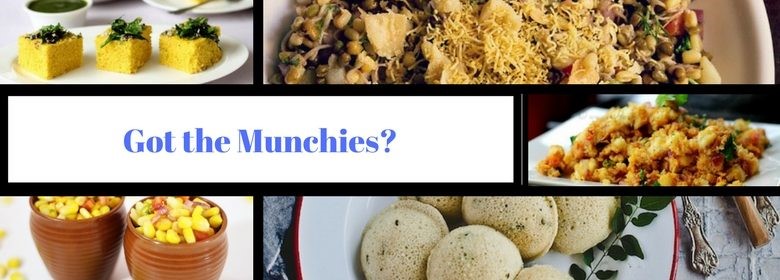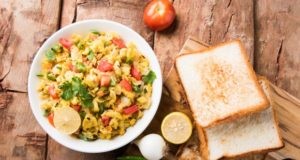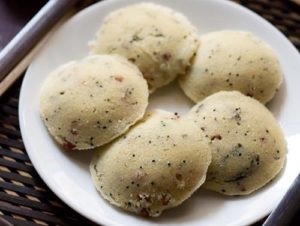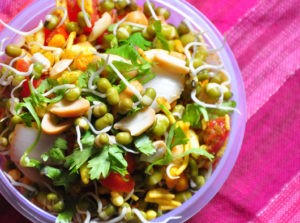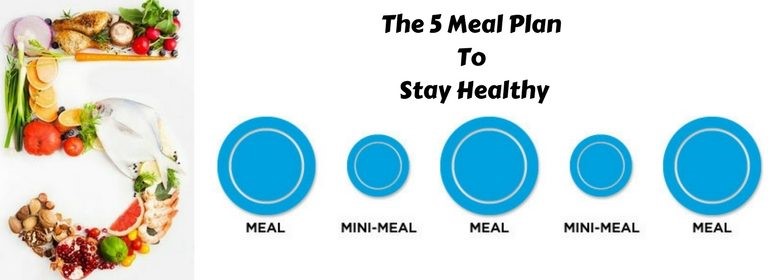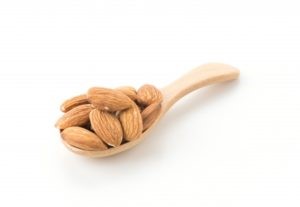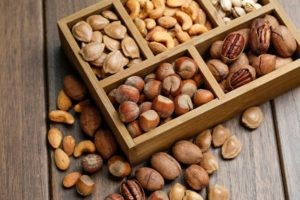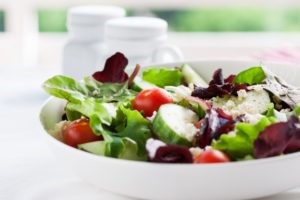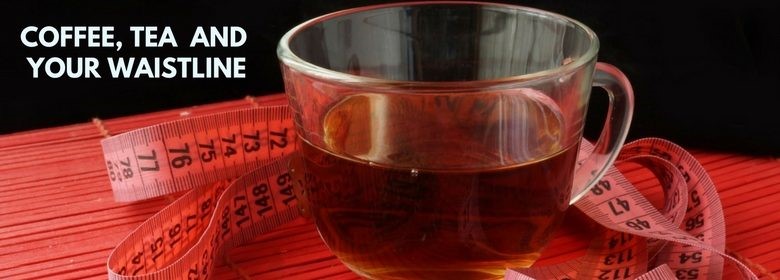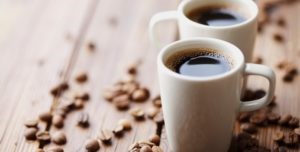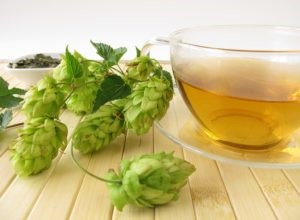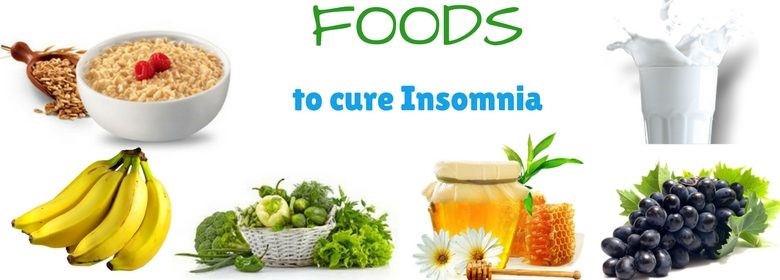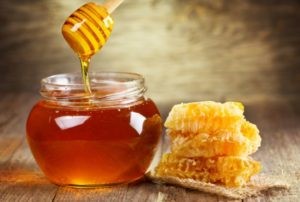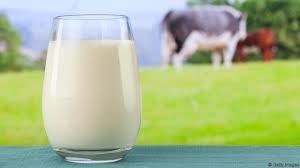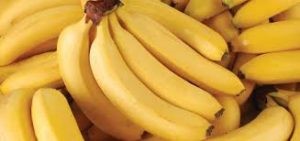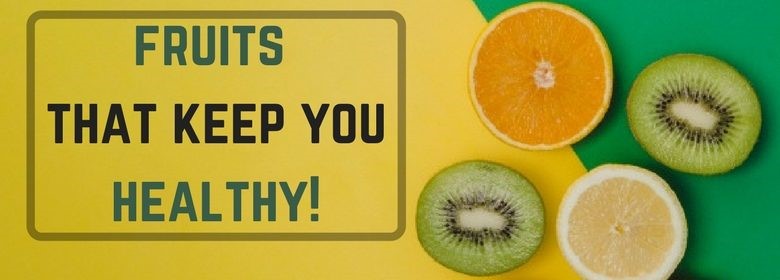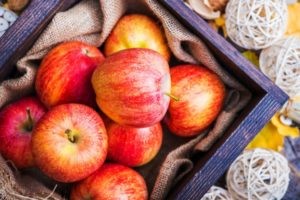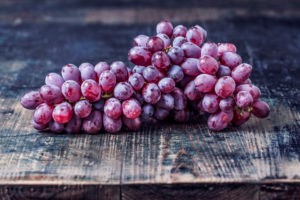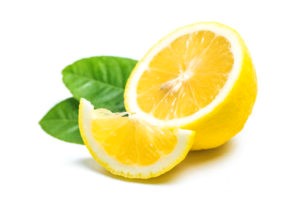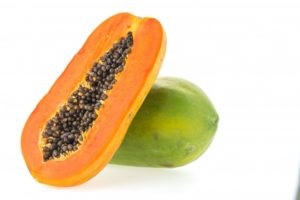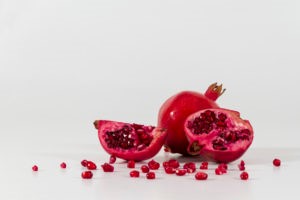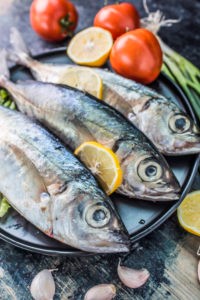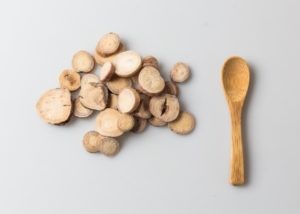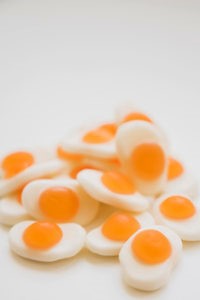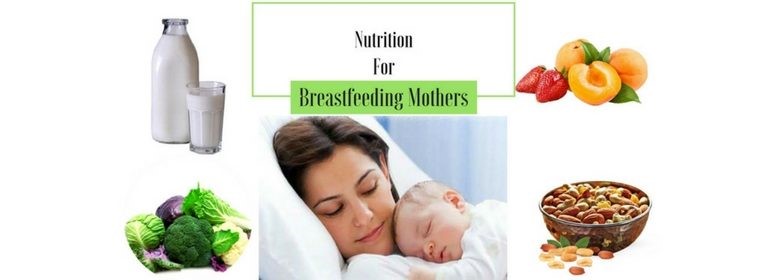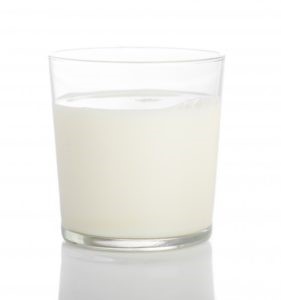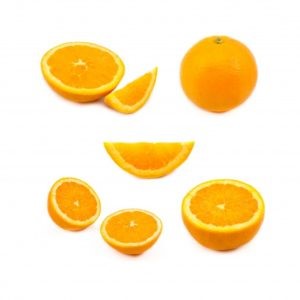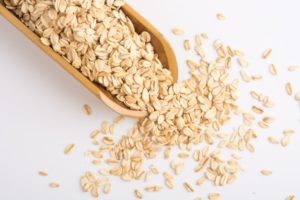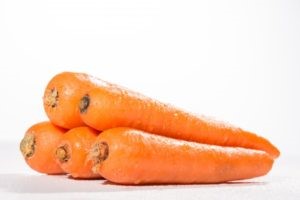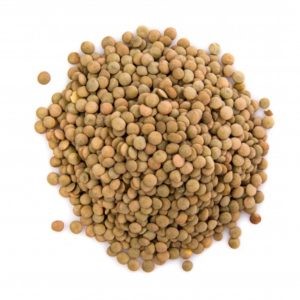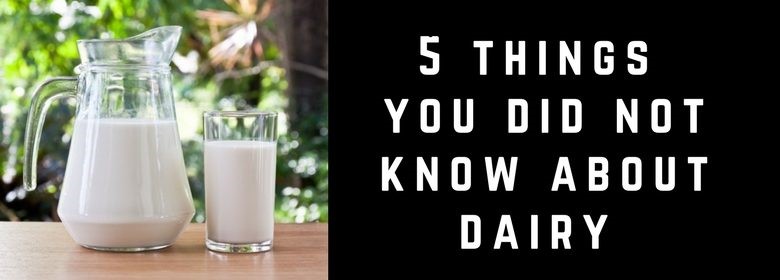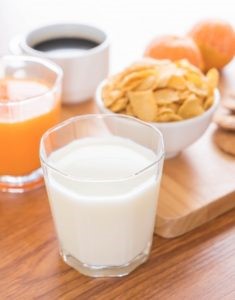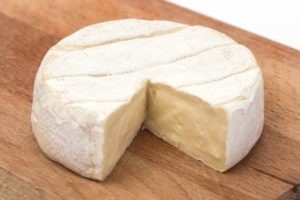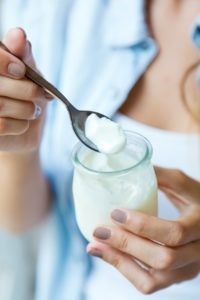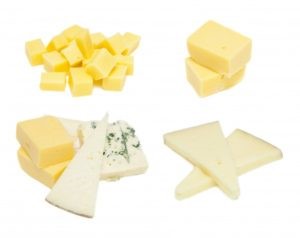Paleo Diet: 5 Key Elements Of The Caveman Menu
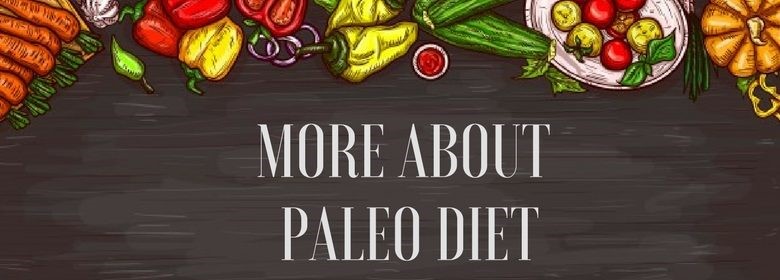
A number of people are walking the caveman path to get leaner and healthier.
People in the stone (Paleolithic) age were much tougher and healthier than modern man. The Paleo diet works on the principle that, if we eat the same way that people in these times did, we’ll be as tough and healthy as they were. But this means that your diet changes considerably.
Here are 7 key elements of every Paleo diet menu.
- Going Green: All The Veggies
Wild-growing vegetables were usually the order of the day when early men failed to hunt an animal. They would depend on the gatherers in their clan.
This means that you can eat the A-Z of healthy veggies. Think artichokes, asparagus, beets, broccoli, carrots, celery, eggplant, and so on, all the way up to zucchini. Salads and other preparation that don’t involve cooking the veggies help you stay close to prehistoric meals, and thereby the Paleo diet.
- Hunters’ Bounty: Various Kinds Of Meat
This is the primary kind of food that stone age men survived on, and that’s why most paleo diets revolve around meat.
Beef is the quintessential Paleo diet meat, considering it’s an easily available meat today and was likely the meat hunter-gatherers were likely to pick. You can also eat chicken: all the parts are okay, so you’re fine eating chicken wings.
- Fresh Catch: Seafood
Most species of seafood are a great choice as well, including delicacies like salmon, sardines, shrimp, prawns, clams and lobsters.
Stick to one kind of meat, though. It makes sense that cavemen would likely eat whatever they killed on a particular day. Eating multiple meats at one sitting was highly unlikely, so you can skip things like surf and turf.
- All-Natural Dessert: Fruits
A fairly easy assumption to make: early men probably relied entirely on fruits to satisfy their sweet cravings. Fruits like apples have a well-rounded nutrient profile, meaning they satisfy your body’s needs for a number of nutrient types.
Other fruits like bananas, avocados, and berries probably made for great snacks. Which means they would fit right into your paleo diet, when you need something to hold you between meals.
- Fat, The Good Kind: Nuts And Seeds
A reason why the Paleo diet is considered so effective is that it meets all of your body’s nutrient needs, which includes fats. That’s where nuts and seeds fit into the Paleo diet: supplying vital healthy fats.
Include nuts like almonds, cashews, hazelnuts and macadamia nuts in your diet. You can also use oils such as coconut oil, olive oil and almond oil in your Paleo diet.
There, this should give you a broad idea of what to eat on your Paleo diet. Tread the ancient path to health and fitness today!
References:



